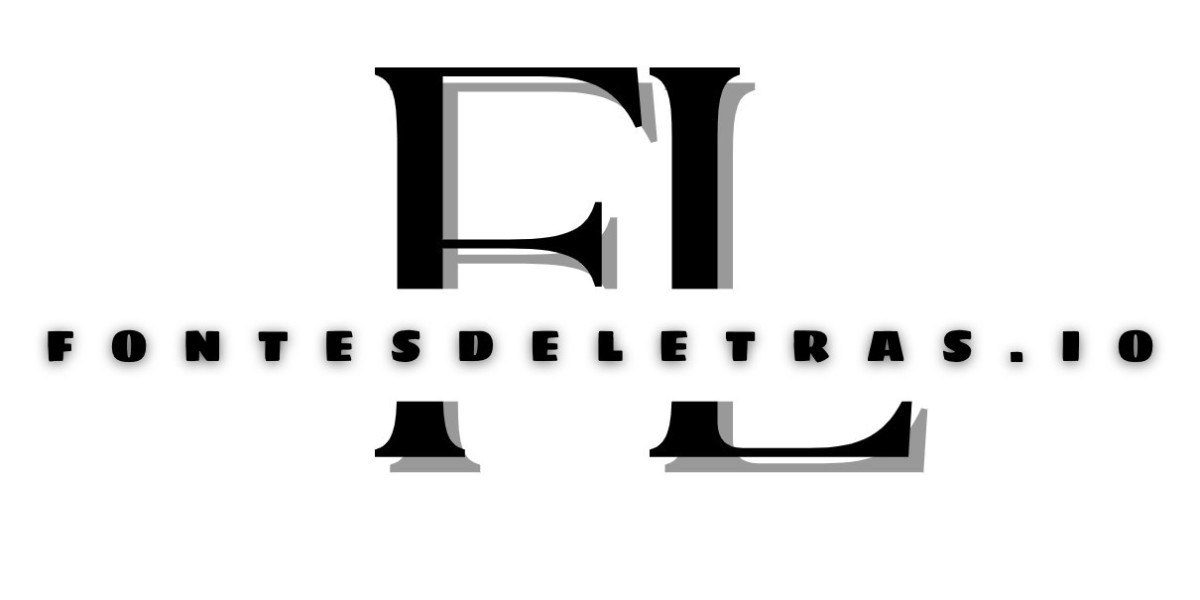Typography is an essential element in design, and it involves much more than just choosing a font. Understanding the basics of typography can help you with designing your own typefaces and creating stunning graphic designs. Typography is often overlooked, but it can have a significant impact on how your design is perceived. This beginner's guide will take you through the fundamental principles of typography, and before you know it, you'll be creating captivating typographies.
Different Types of Fonts
Before you get started, it's essential to understand the different types of fonts. There are four major categories: Serif, Sans Serif, Script, and Display. Serif fonts are classic and formal, with little strokes or lines added to the end of the letters, whereas Sans Serif fonts are more modern and clean, without the little strokes of Serif fonts. Script fonts are elegant and have a cursive style, whereas Display fonts are playful and more unusual.
Kerning and Tracking
Kerning and tracking refer to spacing between individual letters and groups of letters. Kerning is adjusting the space between two specific letters, while tracking refers to the overall spacing between groups of letters. Proper kerning and tracking lead to a more visually appealing and readable typography. Bad spacing can alter the shape and make the letters appear chaotic.
Hierarchy and Contrast
Hierarchy and contrast are two critical elements of typography that will elevate your designs to the next level. Hierarchy refers to the arrangement of your typography, highlighting certain elements to guide the viewer's eyes through your design. Contrast refers to the differences in size, color, and style among your typography to make certain elements stand out and create visual interest.
Alignment and Grids
To create an organized, harmonious typography design, it's crucial to follow proper alignment and grids. Using grids ensures that your typography aligns, creating a more professional and consistent look. Additionally, alignment is essential in guiding readers through your pages smoothly.
The Importance of White Space
White space is the negative space in your typography design. This space between elements helps create an organized, easy-to-read composition. If there is too much text crowded on a page with little white space, it can be difficult to read and visually overwhelming. Proper use of white space can improve the readability and aesthetic of your designs. You can use the font styles for free at https://fontesdeletras.io/fr/
Typography is an integral element in creating any design, and by understanding its basic principles, you can elevate your designs to new heights. Additionally, knowing the different types of fonts, proper kerning, tracking, hierarchy and contrast, alignment and grids, and the importance of white space can make a profound difference in the way your designs are perceived. As a beginner, it may seem daunting, but with practice and perseverance, you can master typography and create stunning designs.

